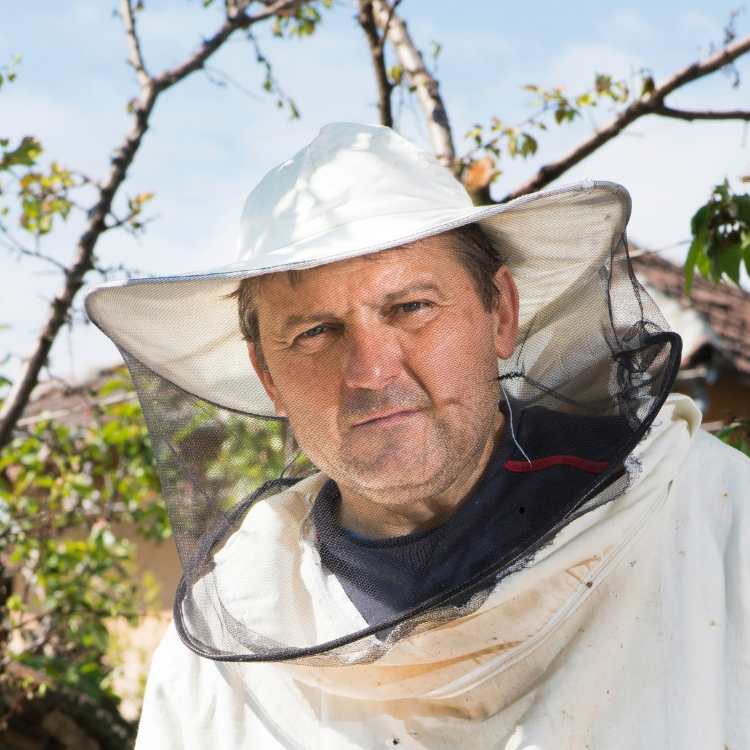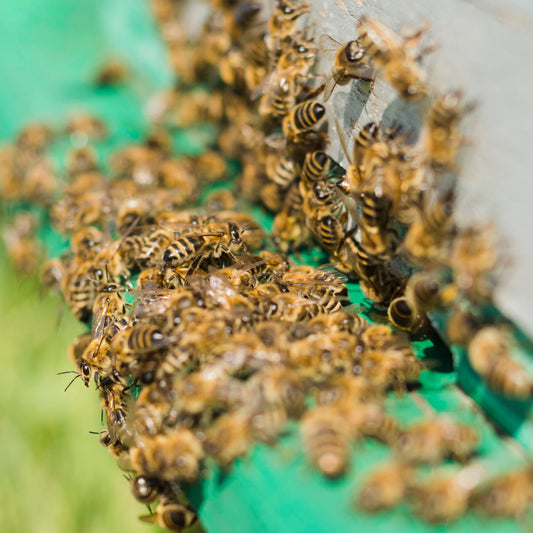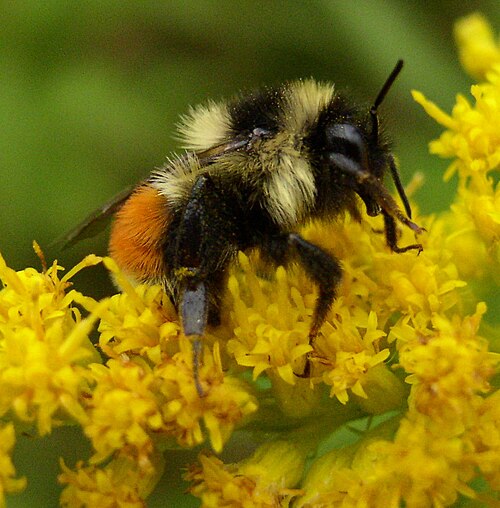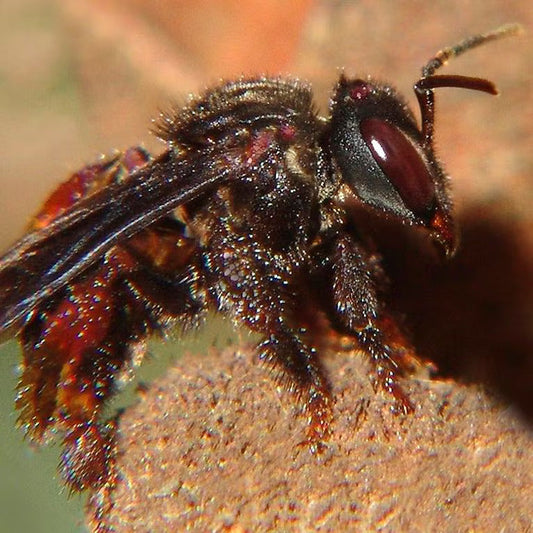Every bee nest tells a story of adaptation, resource use and survival strategy. The diversity here is truly baffling, as each structure is a reflection of the diversity of bee species themselves.
While most of us are familiar with the traditional hive, there are a lot of other types of bee nests that need more attention.
They each have unique materials, procedures, and preferred locations. And the way bees build and maintain their nests is not only a point of interest for us beekeepers; it is an important step in preserving their populations and, as a result, the ecosystems that rely upon them.
Here are the most typical examples of bee nests you should know.
Main types of bee nests
Bee nests broadly fall into five major categories. Each with its own materials, construction methods, and ecological requirements.
Ground-nesting bees
More than two-thirds of all bee species excavate their homes directly in the soil. The female digs the soil using her mandibles to loosen the particles and her abdomen to push soil away from the entrance.
The soil type they choose is also not random. Different species prefer different textures. Sandy soil drains quickly and is ideal for some species, while other species seek out compact, clay-rich soil for a more stable nesting site.
These subsurface tunnels can range from shallow chambers only a few inches deep to vertical shafts reaching depths of 10 feet or more. What's underground is wild.
In dense populations, hundreds of thousands of these nests can cluster in what’s called an aggregation. From above, it can look like the ground has been prepped with pinholes. But underneath lies a labyrinth of brood chambers and passageways.

Wood and stem nesters
These bees are known to carve into wood or hollow plant stems to create nesting tunnels. A bee nest in this category may start with a female chewing into a dried stem or fallen branch.
Some species favor invasive plants like Japanese knotweed thanks to their hollow interiors. Others are known to use dead stems of native shrubs.
Carpenter bees are the most famous ones in this category. They burrow into untreated wood structures to create smooth, round tunnels inside. They partition the space into brood cells using chewed wood pulp mixed with saliva to form a strong, fibrous seal.
They do not consume the wood. It is purely used as a building material and protection.

Free-standing architects
Some bee species are known to reject pre-existing structures entirely and opt to build from scratch. Mud, plant resin, tiny stones and even human hair—they use these to assemble a nest that can withstand weather and predators.
Resin bees, for example, harvest sticky plant exudates and harden them into waterproof shells. Others blend fibers with fine dust or sand to create a concrete-like wall.
You can find these free-standing bee nests attached to branches, tucked under rocks or hidden inside dense vegetation. And the placement, too, is always very specific. They prefer a balance between exposure to sun, shelter from rain, and stealth from ants and wasps.

Cavity nesters
Social bees like honeybees and bumblebees prefer enclosed spaces to build their nests. A bee nest for honey bees can be suspended openly from a branch in tropical climates or hidden in hollow trees in temperate zones.
Wild colonies build parallel wax combs and attach them to the surfaces of the cavity they have chosen. Bumblebees often occupy abandoned rodent burrows and line the cavity with wax pots where they store the brood and nectar.
During the spring, bumblebee queens fly low and slow over the ground and inspect every hole or crevice for suitability. Once she finds a site, wax production begins, eggs are laid, and the nest rapidly bursts into a microcolony.

Opportunistic renters
Not all bees build from scratch. Some find and reuse existing structures. A bee nest for them could be an unused insect burrow, a piece of garden hardware, a gap in the masonry or even a hollow snail shell.
Leafcutter bees line their brood cells with neat pieces of leaf or petals. Mason bees, on the other hand, can use mud to seal the entrances.

Materials and function
The choice of material is going to directly affect the temperature, humidity, and protection from pathogens.
Soil
- Clay retains moisture that reduces brood dehydration.
- Sandy soil improves drainage and prevents mold.
Wood and plant fibers
- Insulates well
- Allows for precise tunnel shaping
Resin and propolis
- Antimicrobial properties reduce the chances of disease in the colony.
- Water-resistant barriers protect the larvae.
Closing thoughts on the different types of bee nests
Bee populations have been designed through millions of years of evolution. The nests we protect are collections of adaptive and functional designs that serve the next generation. When you protect these nests, you are also protecting the bees, and protecting the plants, animals, and people that depend on their pollination services. Every time we protect a nest site, we preserve a tiny but critical piece of the foundation we all rely on.
For more such fun insights from the amazing world of bees, consider following my full blog here.





